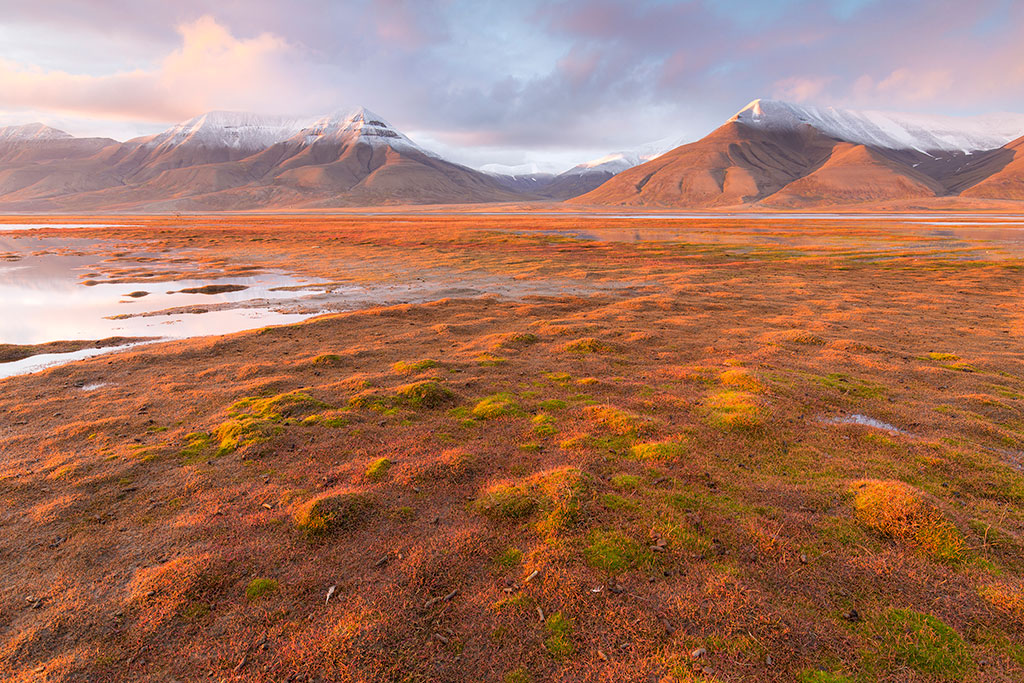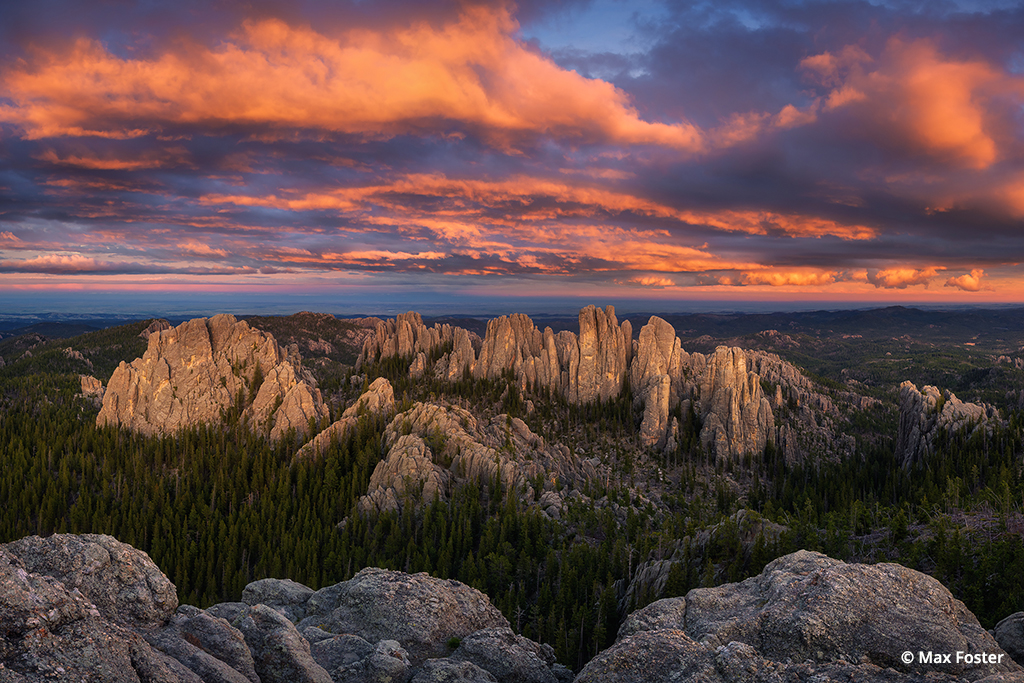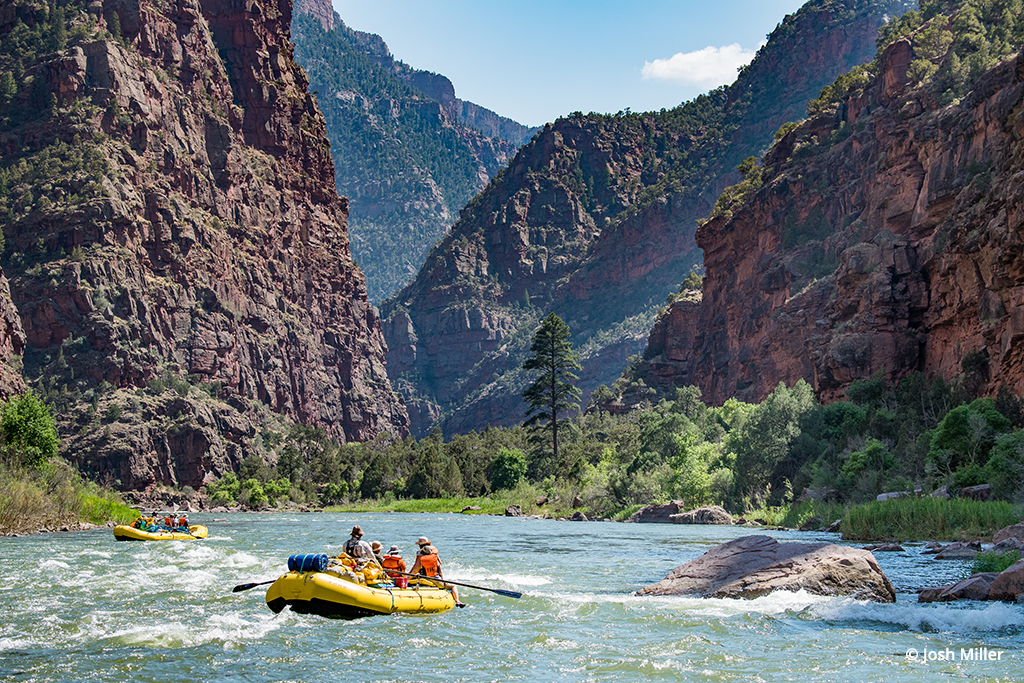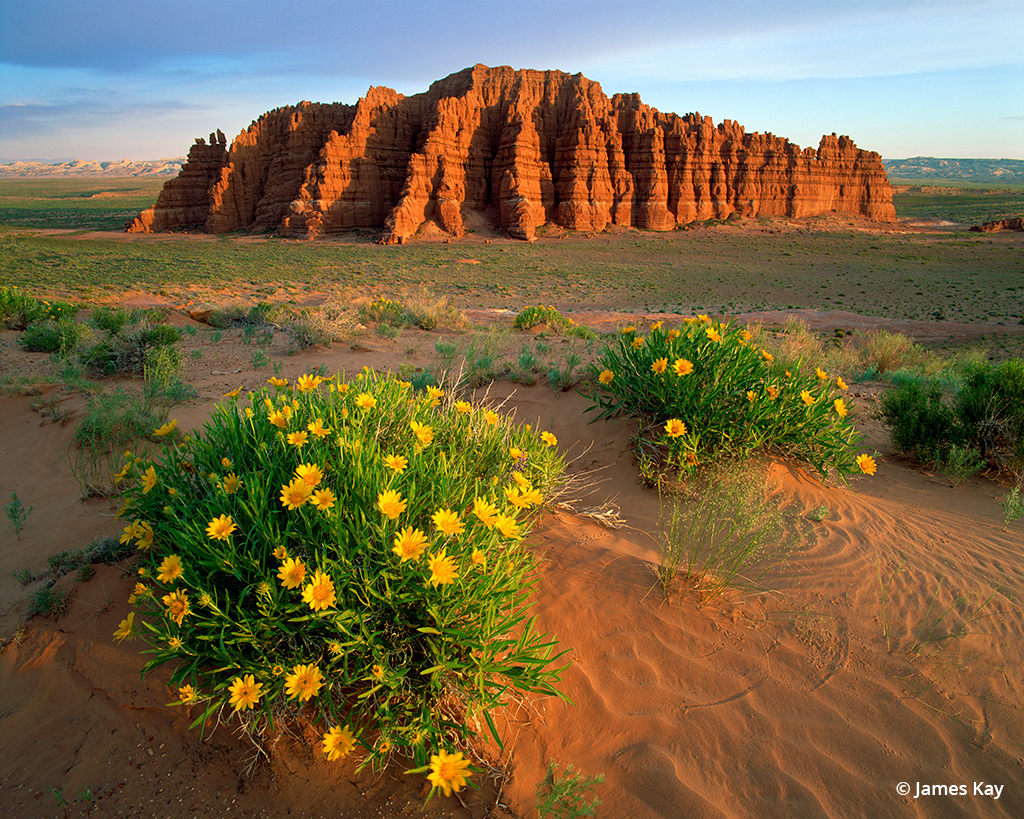Advertisement
Advertisement
Read Next

Why You Should Visit Svalbard In Norway For Photography
Svalbard in Norway features untouched...
The Needles
The Black Hills of South Dakota cover...
Dinosaur Adventure!
After feeling trapped at home for the...
Wildlands Of Utah
Look outside Utah's national parks to...Advertisement


Seeing Science
Frans Lanting sees the world through a specialized lens. Whether he’s photographing rare species, a world-famous biologist or an extensive beetle collection, he has the extraordinary ability to turn complex science topics into intriguing visual stories. By combining scientific knowledge with his photographic technique, Lanting creates images that are as much art as they are science. How does he do it?
“I’m interested in the ever-changing relationship between humans and nature and what we’re learning about the diversity of life,” says Lanting. “I enjoy working with scientists, and I’m intrigued by what they do. Photographing science gives me an alibi to get informed about things that would otherwise sit behind closed doors. And I can create opportunities for important projects to reach bigger audiences than just those of technical publications.”
While many nature photographers rush outside and hope for something spectacular to unfold before their cameras, Lanting spends a great deal of time researching his stories prior to heading out into the field. To spark ideas, he sifts through voluminous amounts of information available on the Internet, attends symposiums and reads popular science publications including Nature, Science News and Natural History. Once he has decided on a story angle, he digs deeper to find researchers working on particular topics. He then contacts the scientists to discuss their work and begins to formulate visual shooting possibilities.
“If you’re searching for ways to make different images, let a scientist take you by the hand and lead you into a specialized world with access to unusual places and phenomena,” he says.
While there are many approaches to photographing science subjects and researchers at work, Lanting strives to make images that go beyond a matter-of-fact documentary style. “What happens quite often is that I have to start doing clever things to come up with more interesting ways to visualize somebody’s science project,” he says. “Science isn’t always interesting inherently, and this is where the creativity begins.”
Take, for example, a story about the effects of water pollution on Pacific tree frogs. The pollution causes deformities including an abnormal number of legs to grow on the frogs. How to portray this disturbing topic and the researcher conducting the studies in an engaging way? Lanting made two images, a literal interpretation of the work and a conceptual portrait of the scientist. The first is a close-up shot of three dead, deformed frogs in a petri dish being examined with a pair of tweezers held in the researcher’s fingers. The artistic composition, use of scale and mood lighting get the viewer’s attention and force the question of why these tiny frogs have more legs than they should. The second image is a serious portrait of the scientist from the perspective of the frogs being examined. Lanting made this photograph by posing the researcher’s face inside a terrarium, placing a petri dish of frogs on top and creating dramatic lighting from all sides. It’s the kind of image that isn’t apparent upon walking into a laboratory and can only be created by thinking outside the box, or inside the terrarium, in this case.
A museum collection of land snails in Hawaii includes several of the multicolored animals that are now extinct.
“The more intrigue and mystery that I can introduce, the better the chances are that people will spend time looking at the pictures,” says Lanting.
To transform what would otherwise be mundane photos into images that are much more thought-provoking, Lanting often makes use of props. With a mirror that he carries in his assignment kit, he created an engaging image of a small barcode label attached to a butterfly specimen. Labeling hundreds of thousands of collected specimens and retrieving data pertaining to each one is a challenge for scientific institutions that manage complex species inventories. The National Biodiversity Institute in Costa Rica has pioneered the innovative use of barcode technology to label and catalog its specimens. But instead of just photographing a straightforward shot of an insect with a barcode label, Lanting made a more abstract image by using the mirror. With the scientist’s hand holding an olivewing butterfly and its barcode label against the mirror, the different colorations of each side of the insect are visible, as well as the interesting shapes of the researcher’s reflected fingers.
Sometimes, Lanting finds props in the field to use in his images. For a photo showing the diversity of land snails found in Hawaii, he used a large tropical plant leaf as a backdrop instead of the museum drawer housing the specimens. The result was a more organic image showing the diverse colors and patterns of the snail shells in a tropical context.
Microbiologist Dr. Karl Stetter tests geothermal pools in Russia’s Valley of the Geysers at Kronotsky Nature Reserve.
In addition to bringing his own props or finding some on location, Lanting likes to incorporate whatever items researchers are utilizing in the field to conduct their studies. For a story about scientists studying red algae that lives in snow in Mt. Kenya National Park, he made use of a clear plastic bag to create a portrait of a researcher collecting an ice sample. By posing the scientist holding the bag in front of the sun, the backlit red algae is visible, which highlights the essence of the work. In addition, by partially obstructing the sun with the sample bag, the high contrast of the scene is minimized.
Not all props are simple, however. For a story featuring Dr. Richard Holdaway, a famous New Zealand scientist who studies species extinctions, Lanting wanted to highlight his work involving moa. The moa were nine species of flightless birds endemic to New Zealand, with the two largest species reaching 12 feet in height and weighing about 500 pounds. It’s believed that most, if not all, species of moa died out by the beginning of the 15th century. Through his research, Lanting discovered historic photographs made a century ago of indigenous Maori people in traditional dress posed with life-sized fabricated moa. Lanting tracked down a moa replica in a museum in Dunedin, negotiated permission to move the 10-foot bird to a pre-scouted forest location and then proceeded to deal with the challenges of lighting the scene amid constant rainy weather. The result is striking: A giant moa in its forested habitat being looked at by Dr. Holdaway, the living expert who has come up with the new theory of why the birds went extinct.
“This was a complex undertaking and isn’t the kind of thing to do if you just want to photograph nature as it happens in front of you,” says Lanting. “This particular shoot was a National Geographic assignment involving rights clearances, a production budget and a handler for the bird.”
Conservationist Eduardo Nycander examining a blue-and-yellow macaw chick in Peru’s protected Tambopata National Reserve.
Many of Lanting’s assignments involve extensive planning prior to the shoot. A good example is a portrait shot of Dr. Terry Erwin, a prominent entomologist and conservation biologist with the Smithsonian National Museum of Natural History. Dr. Erwin’s critical work studying tropical beetles in the rain-forest canopies of Amazonia has had a significant impact on increasing the estimated number of species on the planet. His beetle collection numbers in the hundreds of thousands, all stored in museum drawers. Lanting wanted to give viewers an idea of how many beetles exist, and the important contribution Dr. Erwin has made to their discovery and the world’s biodiversity. He organized transport of many drawers from the Smithsonian collection to a place where he could construct a set with tables, studio lights and a projection screen. The final image shows Dr. Erwin with a beautifully lit assortment of beetles in drawers against a rear-lit projected image of an Amazon rain-forest canopy.
While it’s one thing to plan and execute a photograph like the beetle collection in a controlled studio setting, it’s quite a different undertaking to pull off a complicated shoot in the field. For a story on the extraordinary journeys of Laysan albatrosses, Lanting teamed up with researchers using state-of-the-art science to track the distances and routes of individual birds. A satellite transmitter outfitted on a bird beams signals of the animal’s whereabouts, which are then downloaded and overlaid on a Google Earth map. The results on a computer screen tell a visual story of this remarkable avian navigator that can fly 7,500 miles in one foraging flight, spending weeks at sea before returning to feed its hungry chick. But how to portray this in a single photograph and get a sense of the journey, the bird and its habitat, and the research? Lanting placed a laptop computer showing a bird’s mapped route in front of a nesting albatross in the Northwestern Hawaiian Islands and posed two researchers in the background. Using a carefully calibrated mix of strobes and ambient light, he had less than 15 minutes to execute the image in order to balance the artificial light with the computer screen and the setting sun.
“The albatross photograph was a complicated conceptual image, and unless you think of such an idea beforehand, you’re not going to be prepared in the field,” says Lanting.
But not every shoot has to be so involved. Images like his Hawaiian land snails arrangement required just a tripod, lighting and access to a museum. In the field, he used an umbrella to photograph two soggy researchers in the rain observing rare lemurs in Madagascar.
Most of Lanting’s science photographs depend on the willingness of researchers to be a part of the images. But scientists aren’t professional models, they aren’t always comfortable being photographed, and they’re often pressed for time.
“If you show a genuine interest in someone’s work, you’ll be surprised how much time he or she is willing to give you,” says Lanting. “I try to have some ideas scoped out in my head, if not already scripted as sketches. I start with the simple pictures that I know I can do. Then I get more ambitious depending on how much time I have and how cooperative the researchers are. I try to take it as far as I can go.”
To show his appreciation for their cooperation, he offers to make available a selection of images that scientists can use in their own presentations. With a vested interest in the outcome, researchers view the effort to make the photographs an equitable endeavor.
Lanting has a keen eye for photographing scientists in the context of their work, whether in the field or in a laboratory. He teetered on a tree platform at a dizzying 70 feet above ground to document a researcher examining a blue-and-yellow macaw chick in Peru’s Tambopata National Reserve. For a portrait of a scientist studying tuatara reptiles endemic to New Zealand, he posed her in her laboratory holding a live specimen against a backdrop of illuminated lizard-shaped X-rays.
Perhaps no living scientist today has contributed more to the knowledge of life on earth than evolutionary biologist E.O. Wilson. How did Lanting approach photographing this luminary who, through his study of tiny ants, has had such an enormous impact on the understanding of the natural world? “We met in a park, and I asked him to bring the tools of his trade,” he says. “E.O. Wilson is a world-famous scientist, and yet his field kit is just a little shoulder bag with a plant scoop and a couple of other simple things. I thought this was revealing.”
Earth to albatross. A researcher holds a satellite transmitter that will track the activity
of the threatened Laysan albatross as it makes the trek from Midway Atoll on the Hawaiian Leeward Islands.
The final image of Wilson sitting in a forest with a notebook and the most basic of tools spread before him speaks to the essence of science. Curiosity. Observation. Pushing the limits of knowledge. And just as scientists pursue their quest for understanding the world, Lanting continues to push the boundaries of making images that show what they do, and why it’s important.
See more of Frans Lanting‘s work at www.lanting.com. See more of Amy Gulick’s writing and photography at www.amygulick.com.